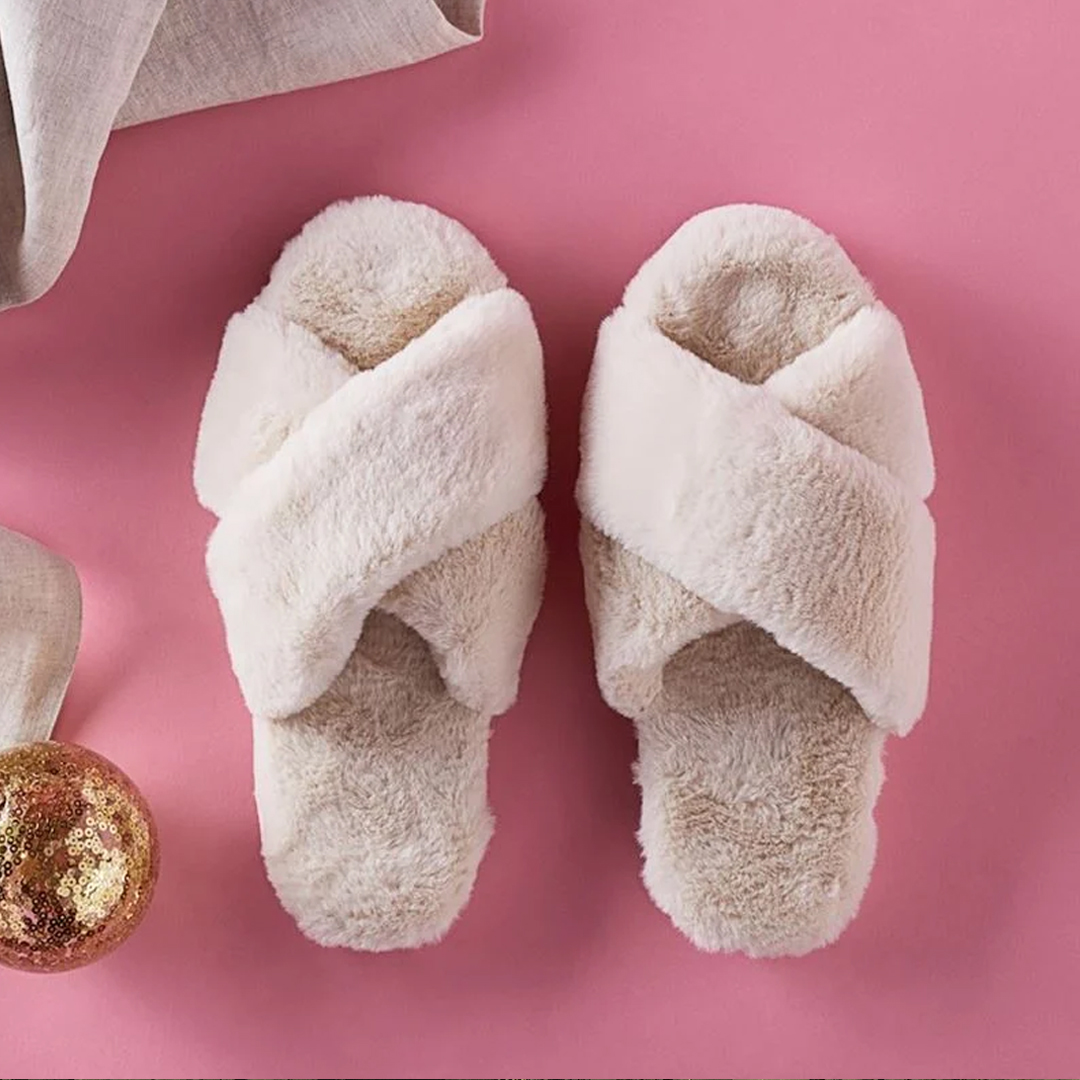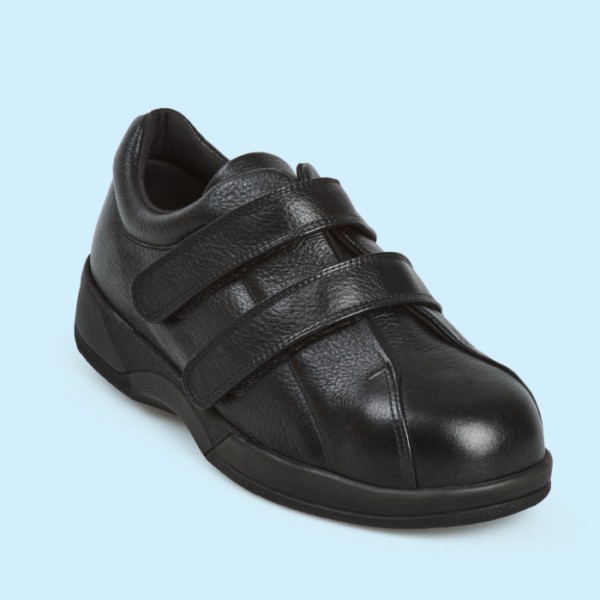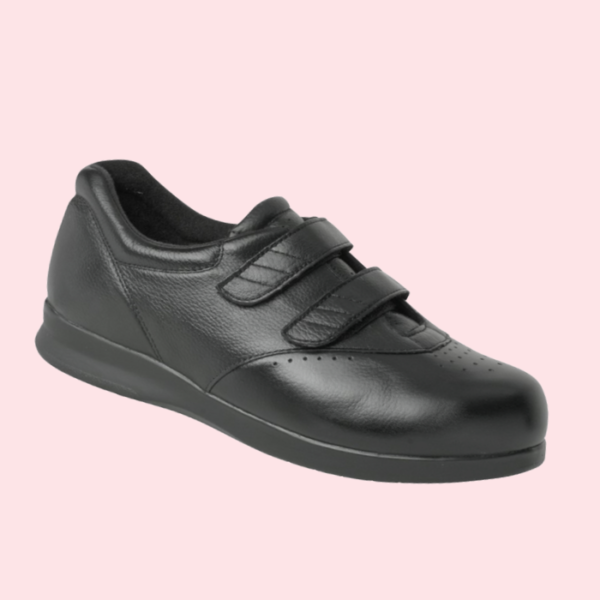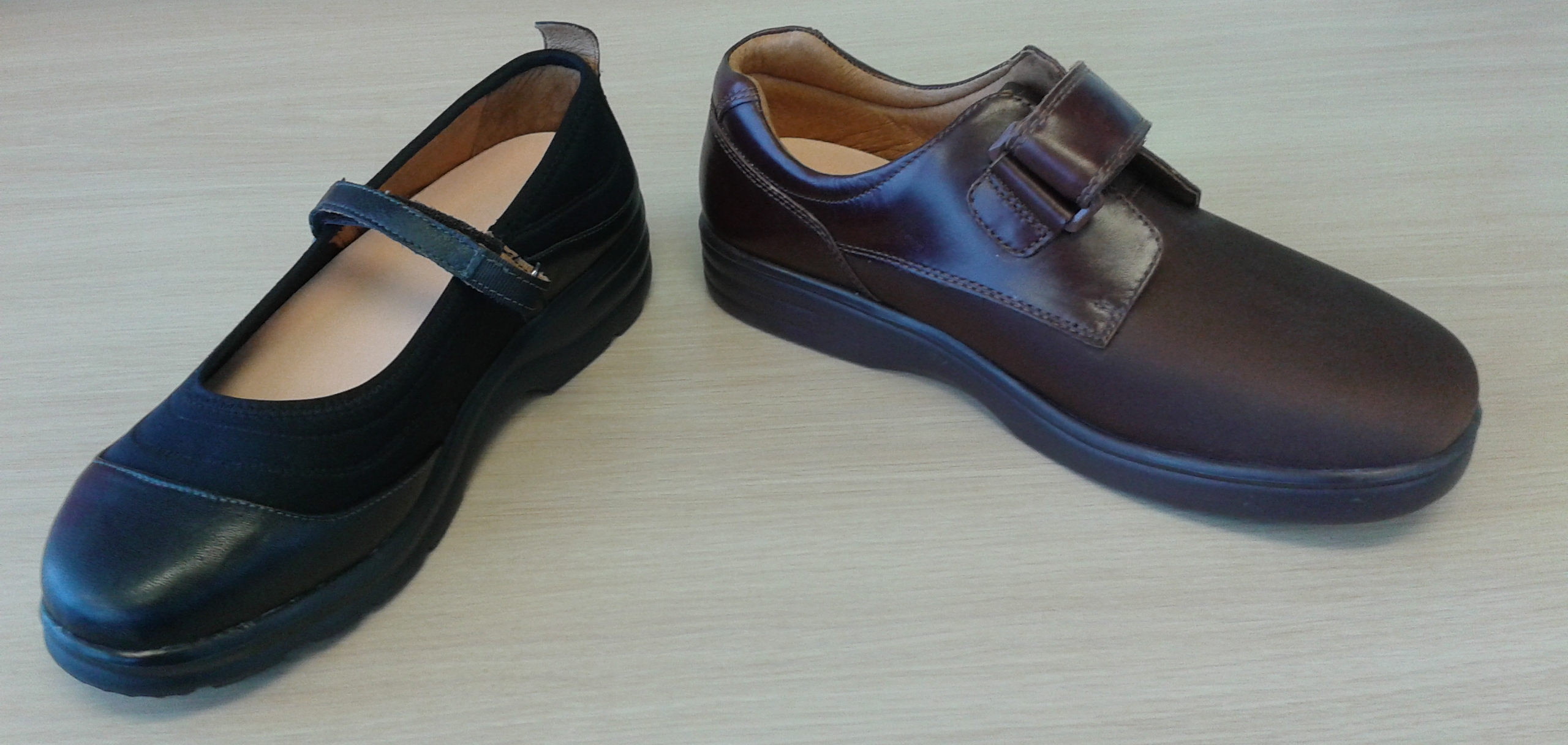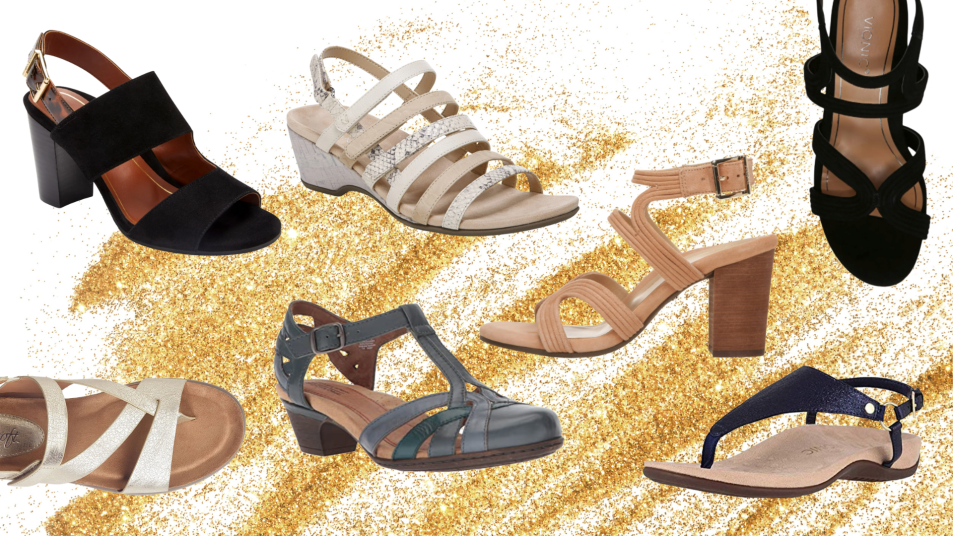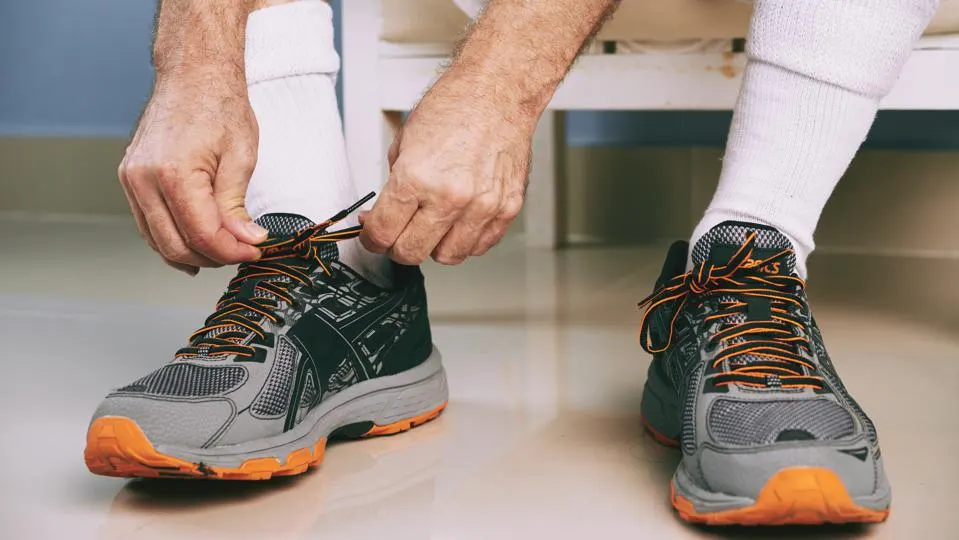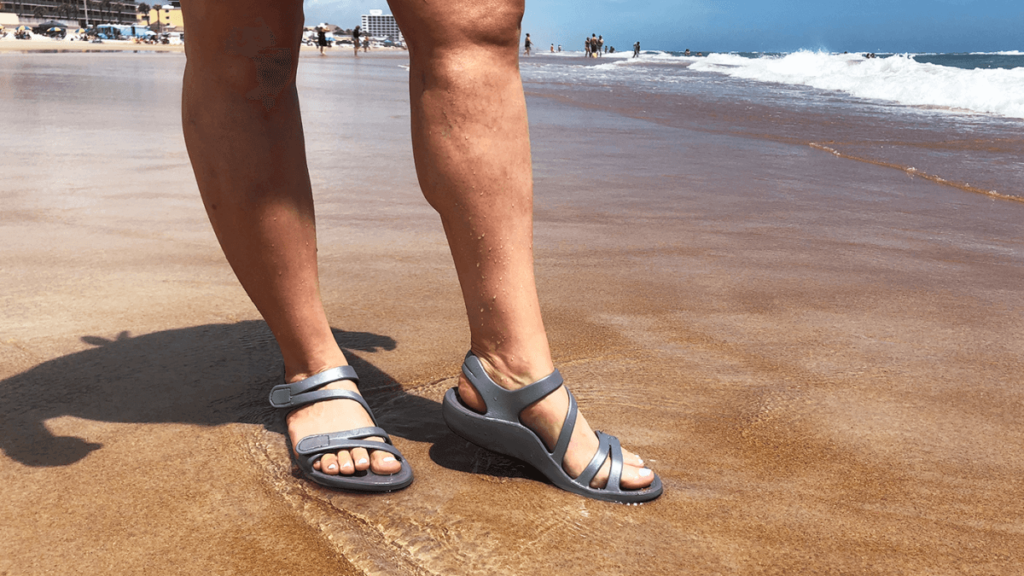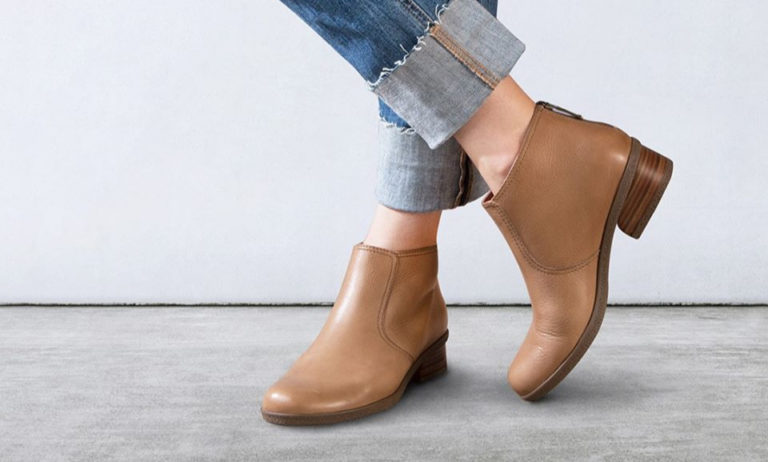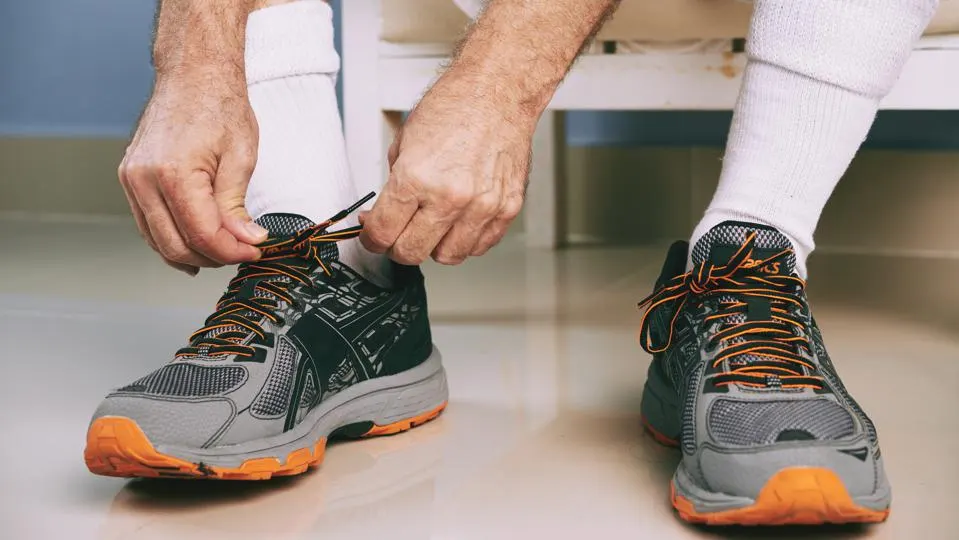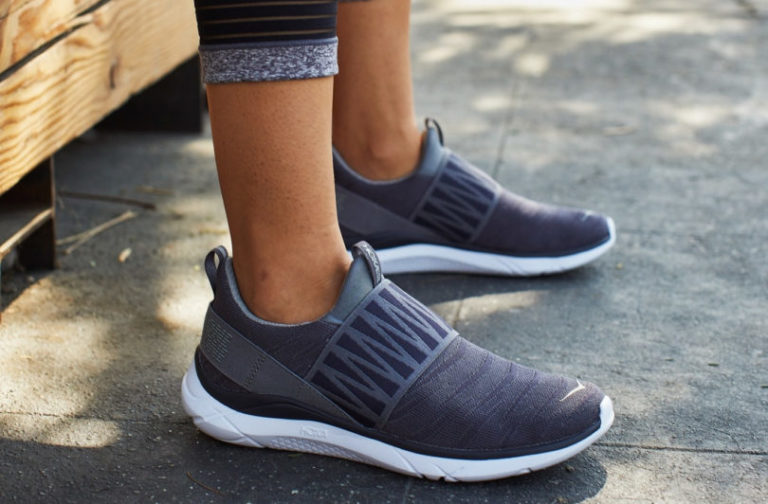Diabetes is a chronic medical condition that affects how your body regulates blood sugar (glucose) levels. Diabetic people find it hard to walk due to swelling, blisters and swelling in feet. It is important to find shoes for diabetes that are comfortable, have wide toe box, cushioned and are non-slippery.
Types of Diabetes
There are two main types of diabetes: type 1 and type 2. In type 1 diabetes, the body doesn’t produce enough insulin, a hormone that helps regulate blood sugar. In type 2 diabetes, the body either doesn’t produce enough insulin or becomes resistant to its effects.
The impact of diabetes on human health can be significant. Uncontrolled diabetes can lead to various complications that affect multiple organs and systems in the body. One of the areas commonly affected is the feet and legs. Here’s how diabetes can make walking difficult and lead to the appearance of wounds:
Neuropathy
High blood sugar levels can damage the nerves, a condition known as neuropathy. Peripheral neuropathy affects the nerves in the feet and legs, resulting in loss of sensation or altered sensation. This means that a person with diabetes may not feel pain, heat, or cold as acutely as someone without diabetes. The reduced sensation can make it difficult to detect injuries, leading to delayed treatment and potential complications.
Shoes for Neuropathy
Diabetic neuropathy is a common complication of diabetes that affects the nerves, particularly in the feet and legs. It can result in reduced sensation or altered sensation, making it challenging for individuals with diabetes to detect injuries or changes in temperature. Choosing the right shoes for diabetic neuropathy is crucial to provide maximum comfort, support, and protection for the feet. Here are some important considerations when selecting shoes for diabetic neuropathy:
- Roomy Toe Box: Opt for shoes with a spacious toe box to accommodate any deformities or swelling that may occur with diabetic neuropathy. A roomy toe box helps prevent pressure points and allows for proper toe alignment, reducing the risk of ulcers or foot injuries.
- Soft and Stretchable Uppers: Look for shoes made from soft and stretchable materials like leather or mesh. These materials can accommodate any foot abnormalities and reduce the risk of friction or irritation that could lead to skin breakdown or blisters.
- Seam-Free Interior: Choose shoes with a seamless or smooth interior lining to minimize the risk of rubbing or pressure on sensitive areas of the feet. Avoid shoes with rough seams or stitching that could cause irritation or skin damage.
- Cushioning and Shock Absorption: Shoes with ample cushioning provide essential shock absorption, reducing the impact on the feet during walking or standing. Look for shoes with cushioned midsoles or removable insoles that can be replaced with diabetic-specific inserts for added support and comfort.
- Arch Support: Proper arch support is important for individuals with diabetic neuropathy. Look for shoes with built-in arch support or consider using custom orthotics or inserts prescribed by a podiatrist. Arch support helps maintain proper foot alignment and reduces strain on the feet and legs.
- Slip-Resistant Outsole: A slip-resistant outsole is essential for stability and reducing the risk of falls, especially if the neuropathy affects balance. Look for shoes with a rubber or non-slip outsole that provides good traction on various surfaces.
- Adjustable Closures: Shoes with adjustable closures, such as Velcro straps or laces, allow for a customized fit and accommodate changes in foot size or swelling that may occur with diabetic neuropathy. Adjustable closures also make it easier to put on and take off the shoes.
- Breathable Materials: Choose shoes made from breathable materials like mesh or perforated leather to promote airflow and reduce moisture buildup. Good ventilation helps prevent fungal infections and keeps the feet dry and comfortable.
- Professional Fitting: It is highly recommended to visit a specialty shoe store or consult with a podiatrist to ensure proper fitting. They can help you find the right shoe size and style that accommodates any foot abnormalities and provides the necessary support and protection.
Remember, everyone’s feet and conditions may vary, so it’s important to seek personalized advice from a healthcare professional. Regular foot examinations, proper foot care, and maintaining good blood sugar control are also essential for managing diabetic neuropathy effectively. By choosing the right shoes and taking proper care of your feet, you can help reduce the risk of complications and improve your overall foot health.
Reduced Blood Flow
Diabetes can also impair blood circulation, particularly in the small blood vessels that supply the feet and legs. Poor blood flow (peripheral artery disease) can lead to reduced oxygen and nutrient supply to the tissues, making them more susceptible to injuries and slower healing.
Shoes for Diabetic People with Reduced Blood Flow
For individuals with diabetes who experience reduced blood flow, proper footwear plays a crucial role in promoting foot health and minimizing the risk of complications. Reduced blood flow, often associated with peripheral artery disease, can lead to inadequate oxygen and nutrient supply to the feet, making them more vulnerable to injuries and delayed healing. Here are some important considerations when selecting shoes for diabetic people with reduced blood flow:
- Comfortable Fit: Shoes should fit well and provide ample room for the toes to move freely. Avoid tight or constricting footwear as it can restrict blood flow further. Look for shoes that provide a snug fit without being overly tight.
- Extra Depth and Width: Shoes with extra depth and width can accommodate any foot deformities, swelling, or custom orthotics that may be necessary. A wider shoe allows for better circulation and prevents pressure points or constriction.
- Soft and Pliable Uppers: Choose shoes with soft, pliable uppers made of materials like leather or fabric. These materials are more forgiving and less likely to cause friction or irritation on the skin. Avoid shoes with stiff or rigid uppers that may restrict blood flow or cause discomfort.
- Adjustable Closures: Opt for shoes with adjustable closures such as Velcro straps or laces. Adjustable closures allow for a customizable fit, accommodating changes in foot size or swelling that may occur throughout the day. They also help maintain proper circulation by avoiding overly tight or loose shoes.
- Cushioning and Shock Absorption: Shoes with adequate cushioning provide essential shock absorption and reduce the impact on the feet. Look for shoes with cushioned midsoles or removable insoles that can be replaced with specialized inserts to enhance comfort and support.
- Non-Irritating Interior: Choose shoes with a smooth and seamless interior to prevent irritation or friction against the skin. Avoid shoes with rough seams, stitching, or other potential sources of irritation that can lead to skin breakdown or ulcers.
- Warmth and Insulation: Proper insulation is important to keep the feet warm, especially in colder weather. Look for shoes with insulated linings or consider using thermal socks to maintain optimal foot temperature and improve blood flow.
- Slip-Resistant Outsole: A slip-resistant outsole is crucial to provide stability and minimize the risk of falls. Look for shoes with a rubber or non-slip outsole that offers good traction on different surfaces.
- Regular Check-ups: Regularly check your feet for any signs of pressure areas, blisters, or wounds, as reduced blood flow can hinder proper healing. Promptly seek medical attention for any foot issues to prevent complications.
- Professional Fitting: It is recommended to visit a specialty shoe store or consult with a podiatrist to ensure proper fitting. They can provide guidance on selecting the right shoe size and style that accommodates reduced blood flow and promotes foot health.
Foot Deformities
Diabetes can contribute to the development of foot deformities such as bunions, hammertoes, and Charcot foot. These deformities can alter the foot’s structure and increase the risk of pressure points, calluses, and ulcers.
Foot Ulcers
Due to neuropathy and reduced blood flow, even minor injuries like blisters, cuts, or sores can go unnoticed and fail to heal properly. These non-healing wounds can progress into foot ulcers, which are open sores that can be difficult to treat and may lead to serious infections if not managed promptly.
Diabetic Inserts or Orthotics
In some cases, custom-made inserts or orthotics prescribed by a podiatrist may be necessary to provide additional support and cushioning for individuals with specific foot conditions related to diabetes.
It is important for individuals with diabetes to have their feet regularly examined by a healthcare professional and to follow proper foot care practices. Wearing appropriate shoes is just one aspect of managing diabetes-related foot issues. Regular monitoring, daily foot inspections, proper hygiene, and prompt treatment of any foot problems are also crucial to maintaining foot health.
Always consult with a healthcare professional, such as a podiatrist or diabetes specialist, for personalized advice and recommendations based on your specific needs and foot condition.
Work Shoes for Diabetic People
For individuals with diabetes, finding suitable work shoes is crucial to ensure comfort, protection, and foot health throughout the workday. Whether you have a desk job or work in an environment that requires standing or walking for extended periods, ensure your shoes are made of breathable material and can respond to your foot condition.
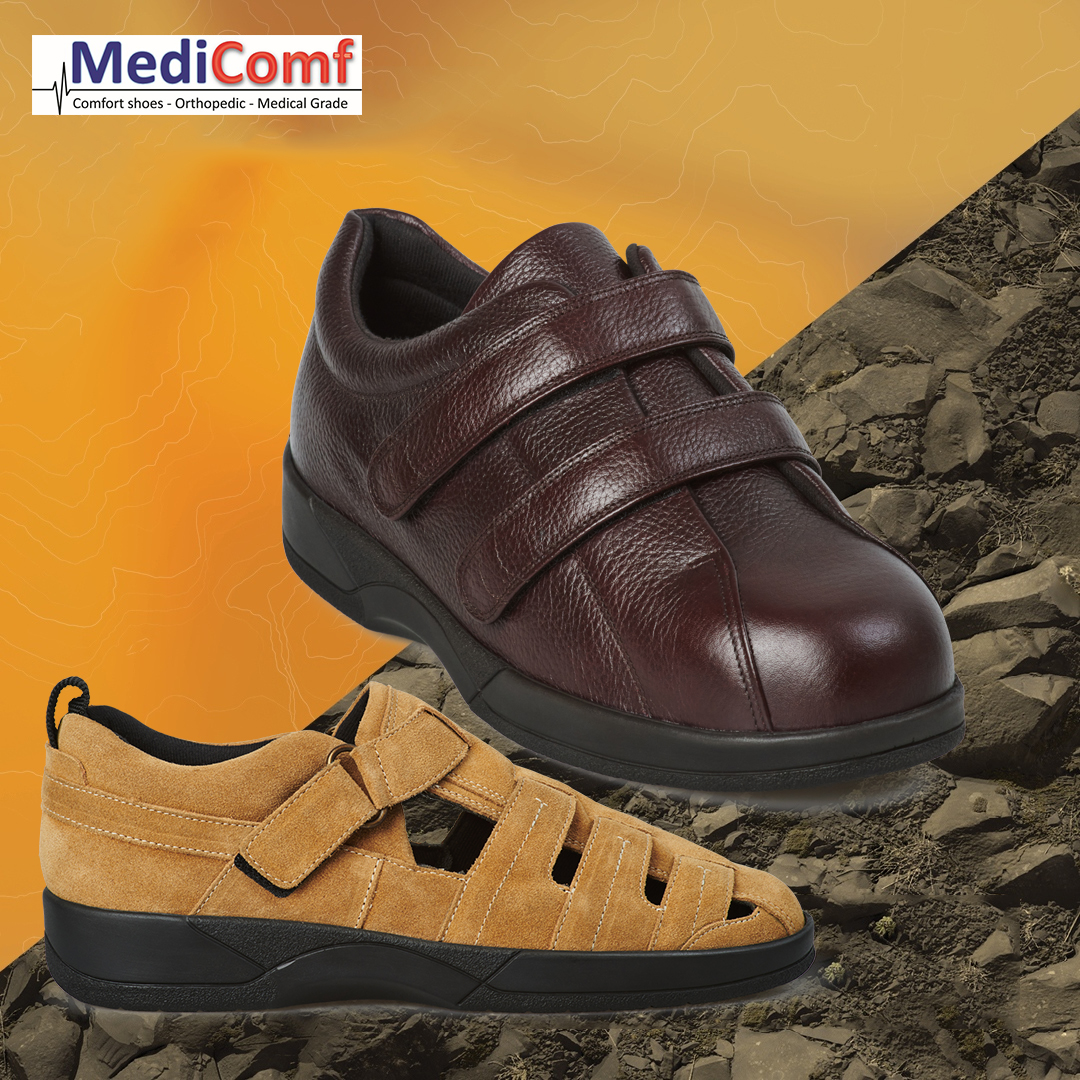
Shoes
